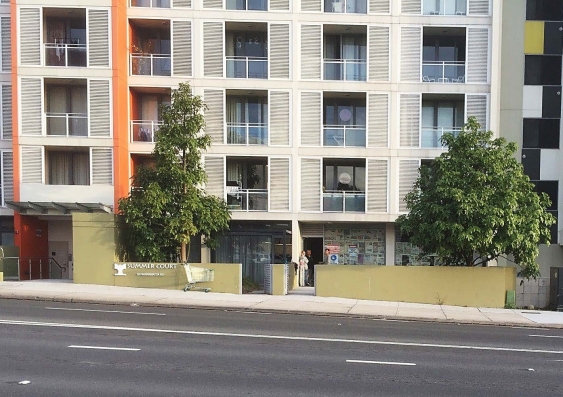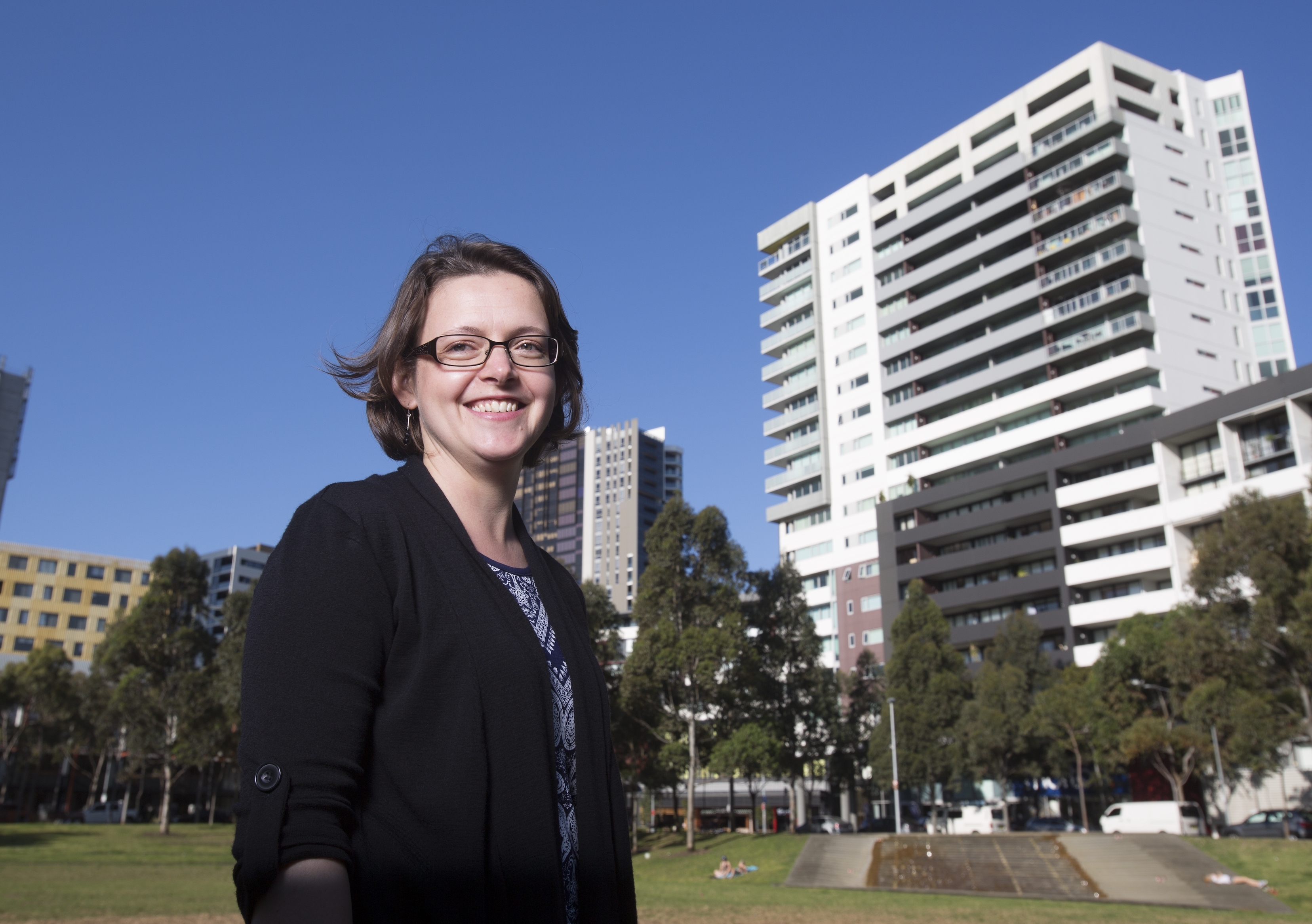Lower-income households are disproportionally represented in and affected by challenges associated with apartment living, a new report finds.

Summer Court apartment block on Parramatta Rd, Sydney was one of the case studies used in the AHURI Improving outcomes for apartment residents and neighbourhoods report. Photo: Gethin Davison
Failure to address the needs of lower-income, high-density apartment residents risks undermining the prosperity and cohesion of Australian cities in future years, according to a new report from AHURI.
The report, Improving outcomes for apartment residents and neighbourhoods, led by Associate Professor Hazel Easthope of UNSW Built Environment, examines the demographics of lower-income apartment residents in Australia, and the types of buildings and neighbourhoods they live in.
In Australia, 10 per cent of the population lives in an apartment, with 85 per cent of apartment residents living in capital cities. Lower-income households are over-represented – and rapidly increasing – in the apartment population, with identifiable concentrations of lower-income apartment residents located in Australian cities.
“Lower-income apartment residents often have less choice and influence over the housing or location in which they live, and fewer resources available to respond to challenges that arise,” Associate Professor Easthope says.
“There is a lot of room for further innovation in the design, delivery and management of apartment buildings and neighbourhoods to improve quality of life for residents.”
The report, a collaboration between AHURI, UNSW Sydney, the University of Sydney, RMIT and Western Sydney University, finds it is especially important to provide good quality shared spaces.
“Lower-income apartment residents often live in buildings with few shared spaces so the public shared spaces in their neighbourhoods are at risk of overuse,” Associate Professor Easthope says.
“Having access to local community facilities and spaces – such as libraries, community centres, parks – is essential for apartment residents on lower incomes as they are less likely to be able to afford to use other commercial spaces such as cafes.

Associate Professor Hazel Easthope, from the City Futures Research Centre at UNSW Built Environment, is the lead author of the AHURI Improving outcomes for apartment residents and neighbourhoods report. Photo: Quentin Jones
Innovation in building and neighbourhood design and management, as well as ongoing community engagement, can radically improve the quality of life for residents, she says.
“Flexibility in the design and management of buildings and public infrastructure is important to allow them to be adapted over time to reflect changing community needs. For example, helping to activate street frontages by enabling community use of ground floor building space that might otherwise be empty shopfronts,” she says.
“In terms of community engagement, having a dedicated place manager, and setting up community councils that enable engagement between residents and local government on ongoing place management issues work really well.”
During large-scale neighbourhood redevelopments, there are problems with relying on developer contributions to fund public infrastructure, as it means the timely completion of promised facilities can depend on the decisions of private companies, the report found.
It highlights how decisions about funding models for public infrastructure can have ramifications for residents well beyond the individual development involved.
The research looked at four case studies of areas that have seen large-scale apartment development in Sydney and Melbourne, and examined how these areas catered to the needs of lower-income residents.
It found that one factor contributing to different outcomes was how well the urban redevelopment was coordinated by government agencies.
Across the case studies, infrastructure to support redevelopment was delivered in a timelier manner where government agencies were proactive in engaging with developers to coordinate the redevelopment.
The pressure on planning authorities to ensure developments are both publicly beneficial and privately profitable is challenging. While there was evidence of positive development outcomes, there was also evidence of speculative activity and inflated property values driving displacement, and developers overpaying for land then reducing quality to recoup costs.







